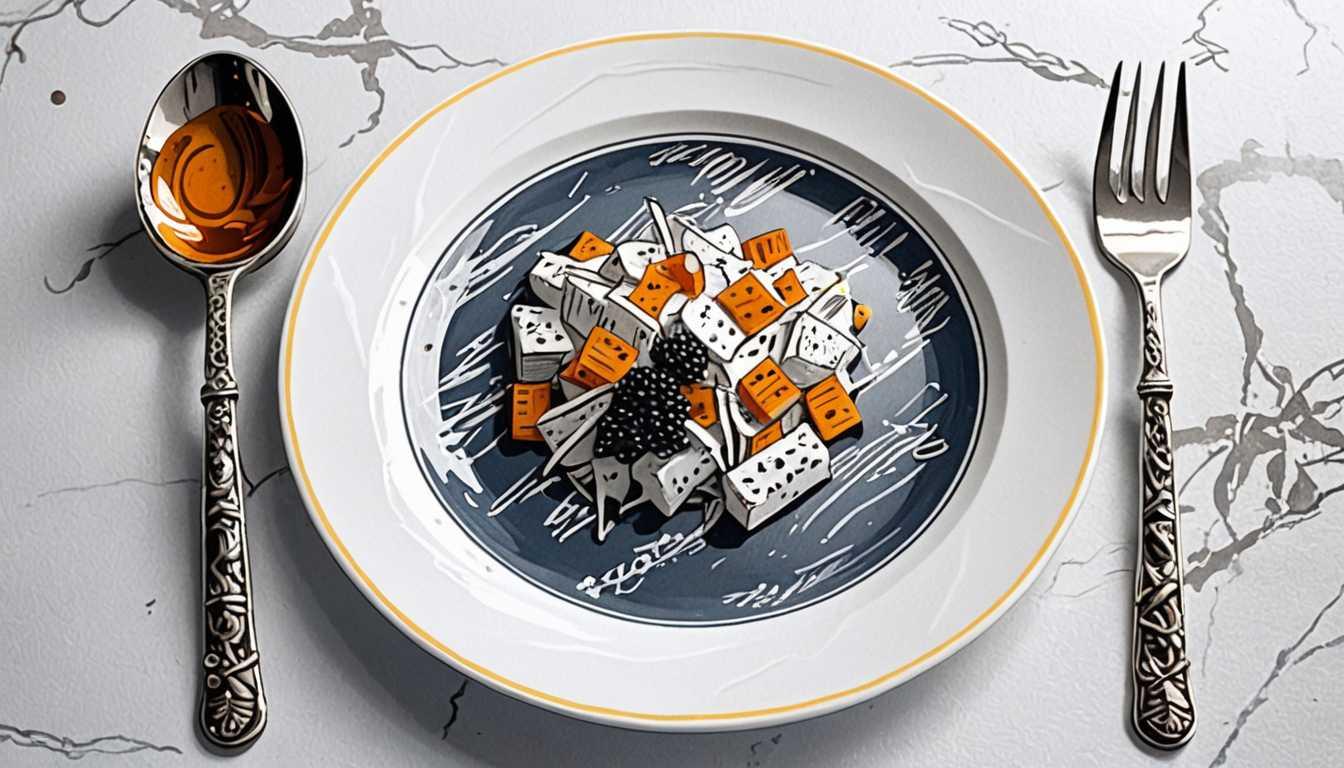Rubber Rebels: The Tyre Pollution Problem
February 2023
Imperial College London
Introduction
Did you know your car's tyres could be an undercover villain in the pollution saga? Imperial College London's brainy bunch is spotlighting the sneaky issue of tyre wear, emitting toxic particles into our air, water, and even our lungs! Despite the eco-friendly shift to electric vehicles, these rubber rebels are still on a pollution spree, releasing harmful particulates that could harm our health and Mother Nature. Dive into the details with Imperial's latest call to action, urging a deep dive into tyre terror to pave the way for a cleaner, greener future. It's not just about fuel anymore; let's talk tyre talk!
READ FULL ARTICLEWhy It Matters
Discover how this topic shapes your world and future
Rolling into a Greener Future
Imagine a world where every step you take outside, you're stepping into a cloud of invisible pollution, not from cars' exhausts but from their tyres. That's right, the very wheels that keep our vehicles moving are also a source of toxic emissions, contributing to environmental degradation and health risks. This issue might seem distant, but it's as close as the nearest road. Tyres wear down, releasing millions of tiny particles that pollute our air, water, and soil. These particles, filled with harmful chemicals, affect everything from the fish in our rivers to the air we breathe. As we move towards electric vehicles, we might think we're solving the problem, but we're only addressing half the equation. The challenge of tyre emissions remains, underscoring the need for innovative research and solutions. This is not just about the environment; it's about our health, the health of our planet, and the legacy we leave for future generations. It's a call to action, urging us to rethink how we view and tackle pollution.
Speak like a Scholar
Particulate matter
Tiny particles that can be solid or liquid, floating in the air. These can come from tyres and affect our health when we breathe them in.
Microplastics
Extremely small pieces of plastic debris in the environment resulting from the disposal and breakdown of consumer products and industrial waste, including tyre wear.
Polyaromatic hydrocarbons (PAHs)
A group of over 100 different chemicals that are formed during the incomplete burning of coal, oil, gas, wood, garbage, or even tyres. They can be harmful to our health.
Benzothiazoles
Chemical compounds that are part of a group of pollutants found in tyre wear particles. They can be toxic to aquatic life and possibly humans.
Nanoparticles
Particles between 1 and 100 nanometers in size. Tyre wear releases these into the environment, where they can enter our bodies and the bodies of other living organisms.
Ecological footprint
A measure of human impact on Earth's ecosystems. It's a way to gauge how much we consume and the waste we produce, including pollution from tyre wear.
Independent Research Ideas
The journey of tyre particles
Tracing how tyre wear particles travel from roads to rivers and oceans, and their impact on marine life. This project could explore the path these particles take and their effects on different ecosystems.
Innovative materials for tyre production
Investigating new, less polluting materials for making tyres. This study could focus on materials that are durable but produce fewer harmful particles when they wear down.
Health impacts of microplastics from tyres
Examining the specific health risks associated with breathing in or consuming microplastics originating from tyre wear. This could involve looking at the chemicals in these plastics and their effects on human health.
Urban planning and tyre pollution
Exploring how city design influences the amount of tyre wear particles produced and suggesting urban planning strategies to reduce this pollution. This project could look at factors like road surfaces, traffic flow, and public transportation options.
The role of electric vehicles in tyre emissions
Investigating whether electric vehicles contribute to less or more tyre wear due to their weight and design. This study could compare the tyre wear emissions from electric vehicles to those from traditional vehicles and suggest ways to minimize them.
Related Articles

Plastic: The Uninvited Guest in Our Bodies
October 2024
Harvard Gazette

Kitchen Hazards: The Gas Stove Risk
May 2024
Stanford University

Pills, Water, and Ecosystems: A Delicate Balance
November 2021
Phys Org

When 10°C Chills to the Bone
November 2022
BBC

Toxins Among Us: Unveiling the Unseen
March 2023
MIT Technology Review